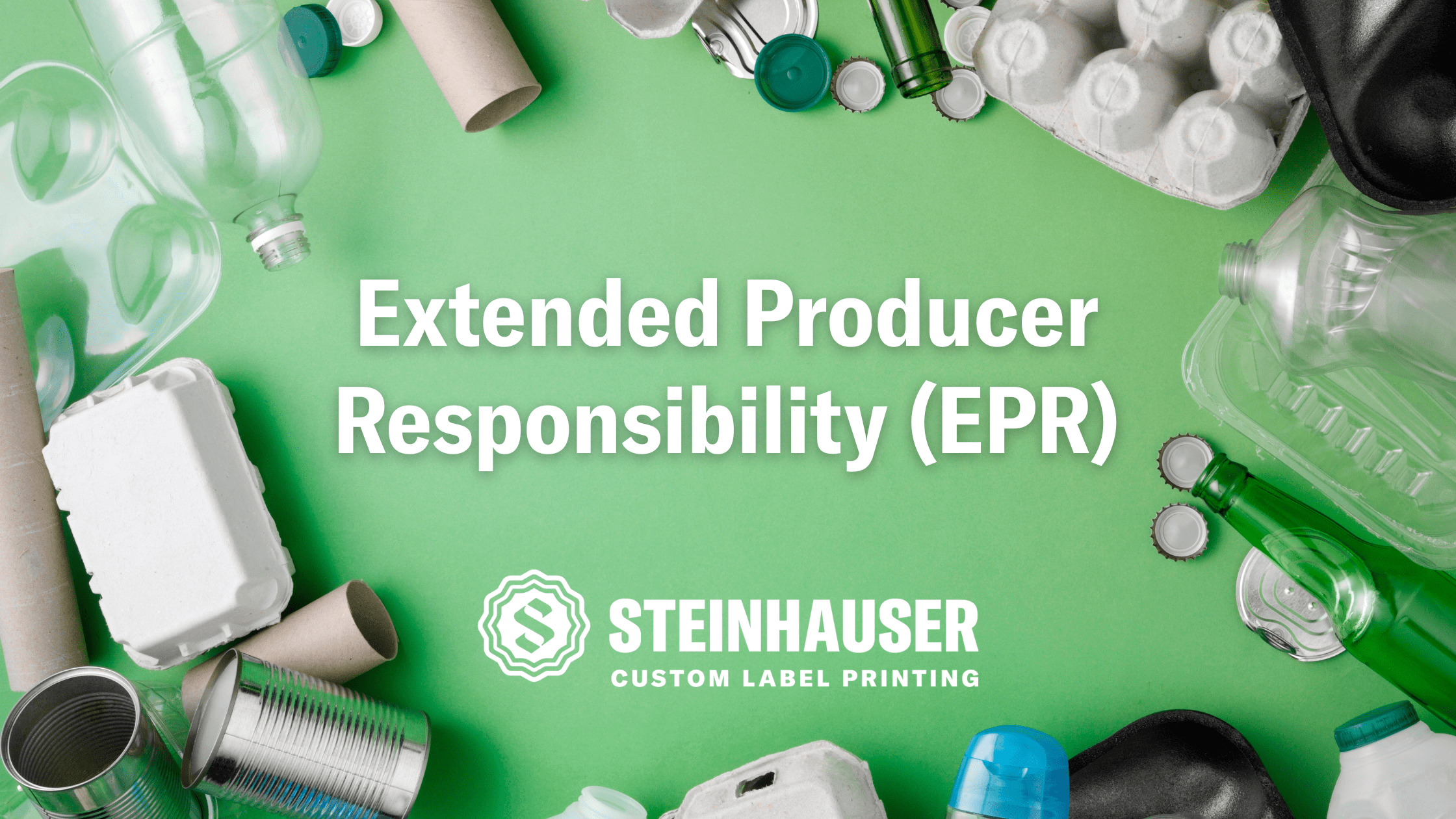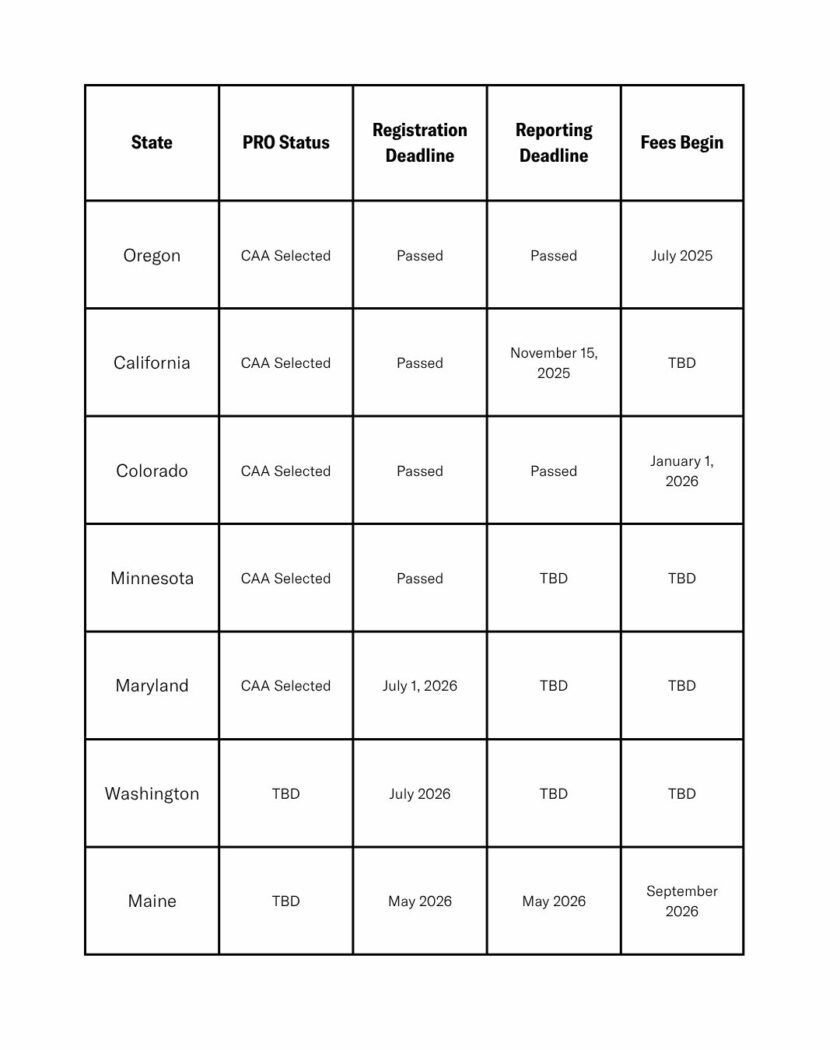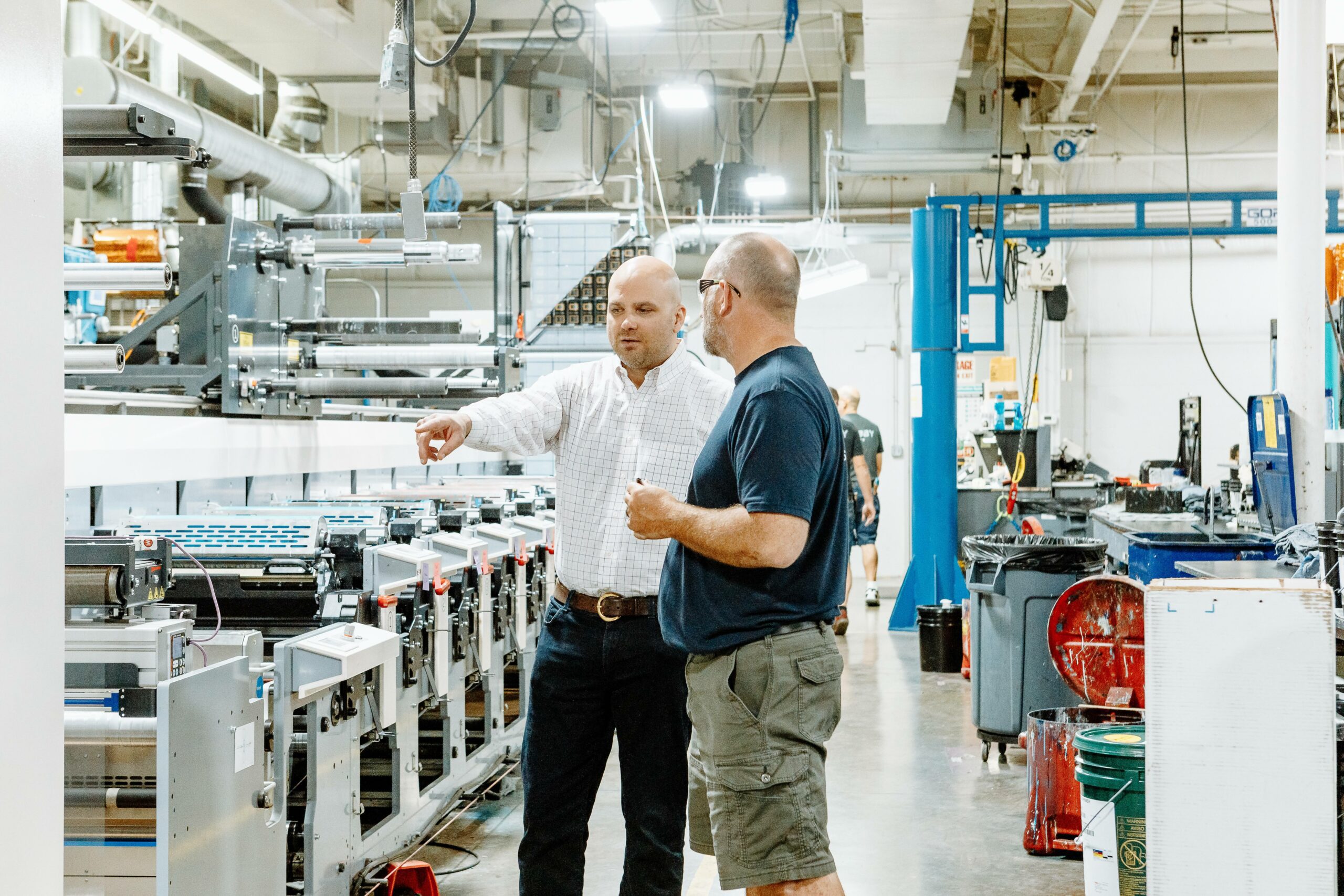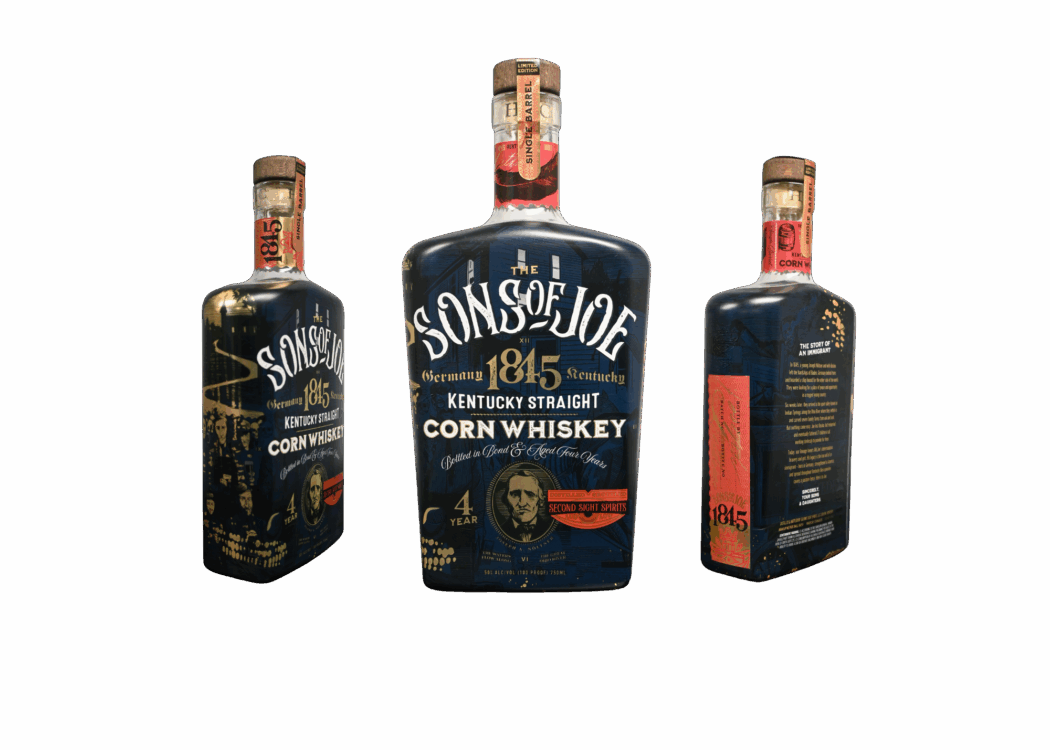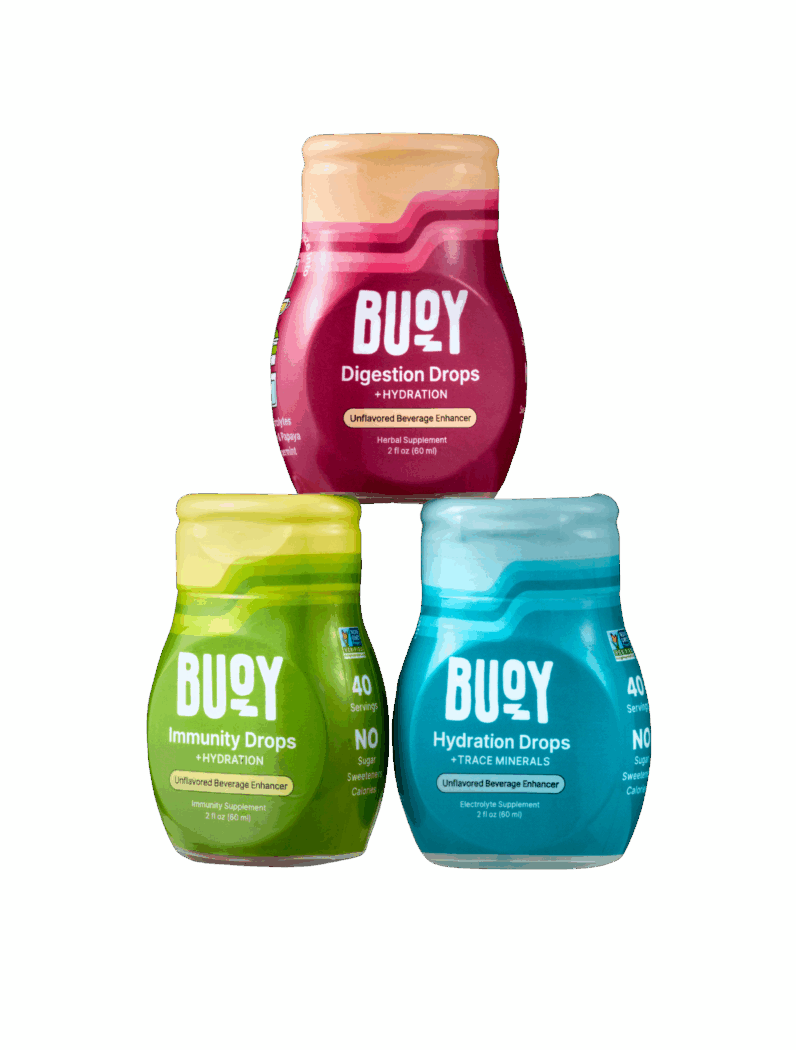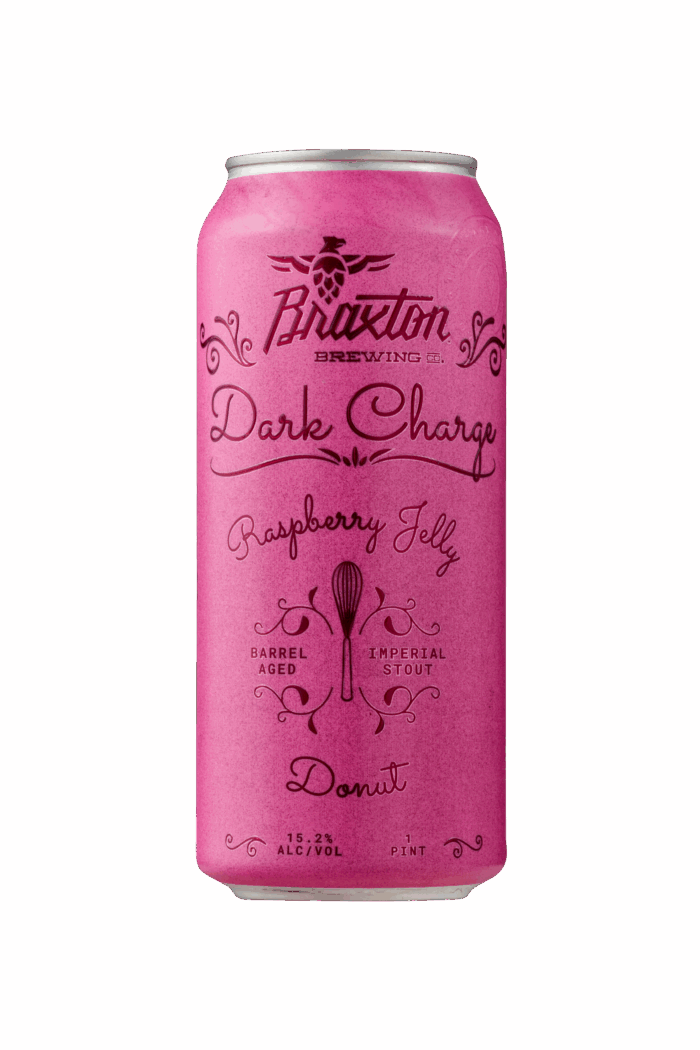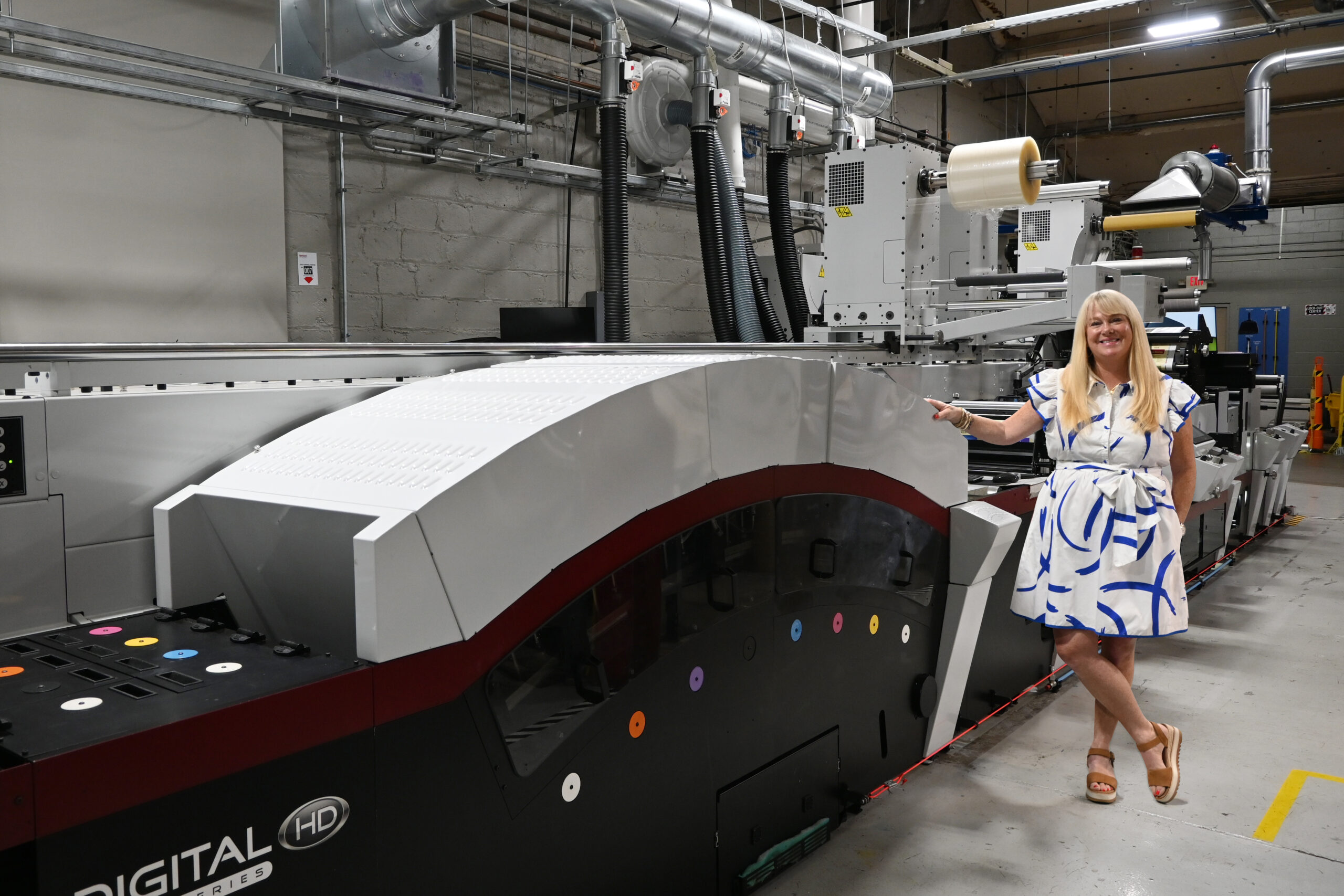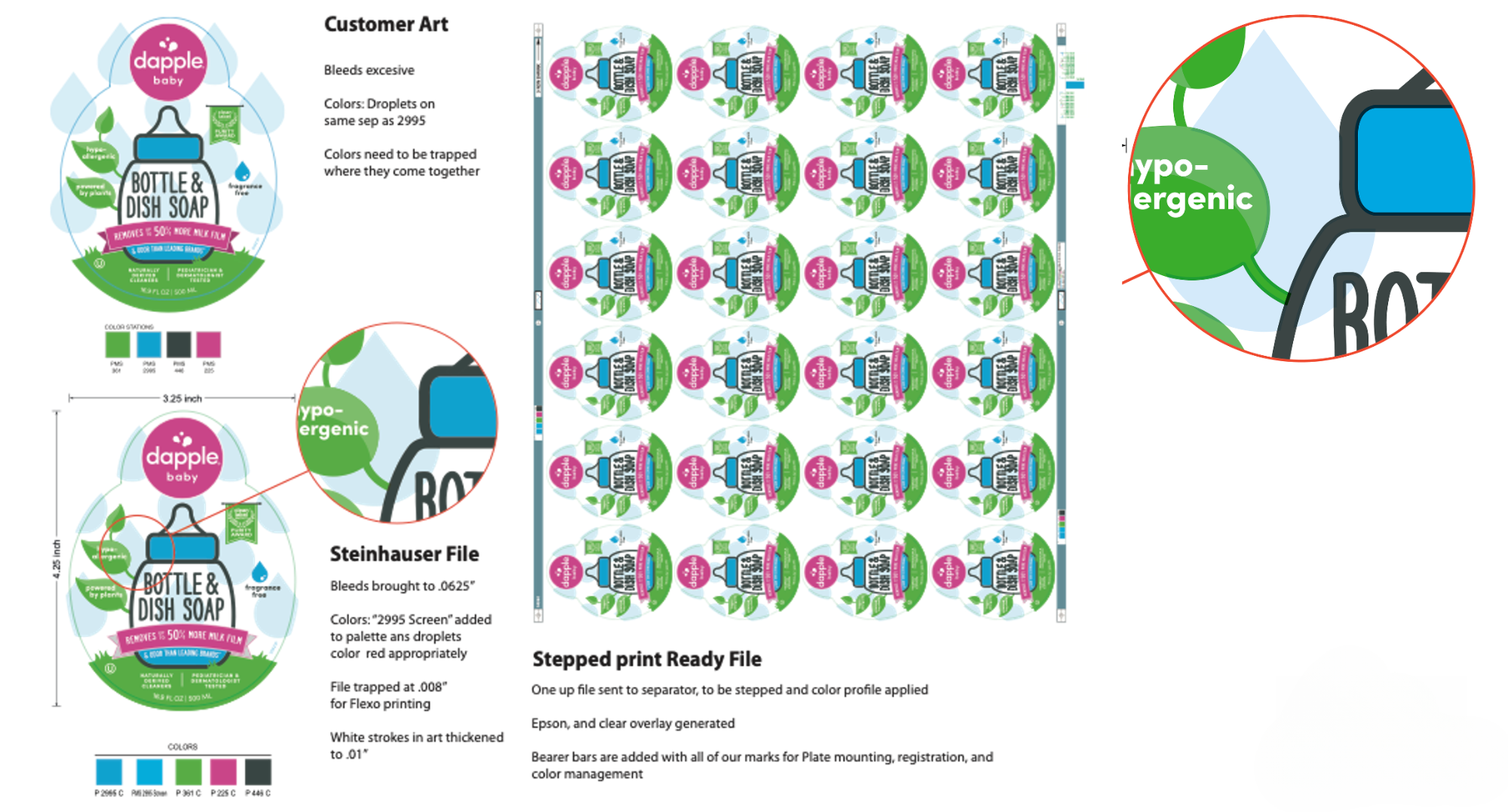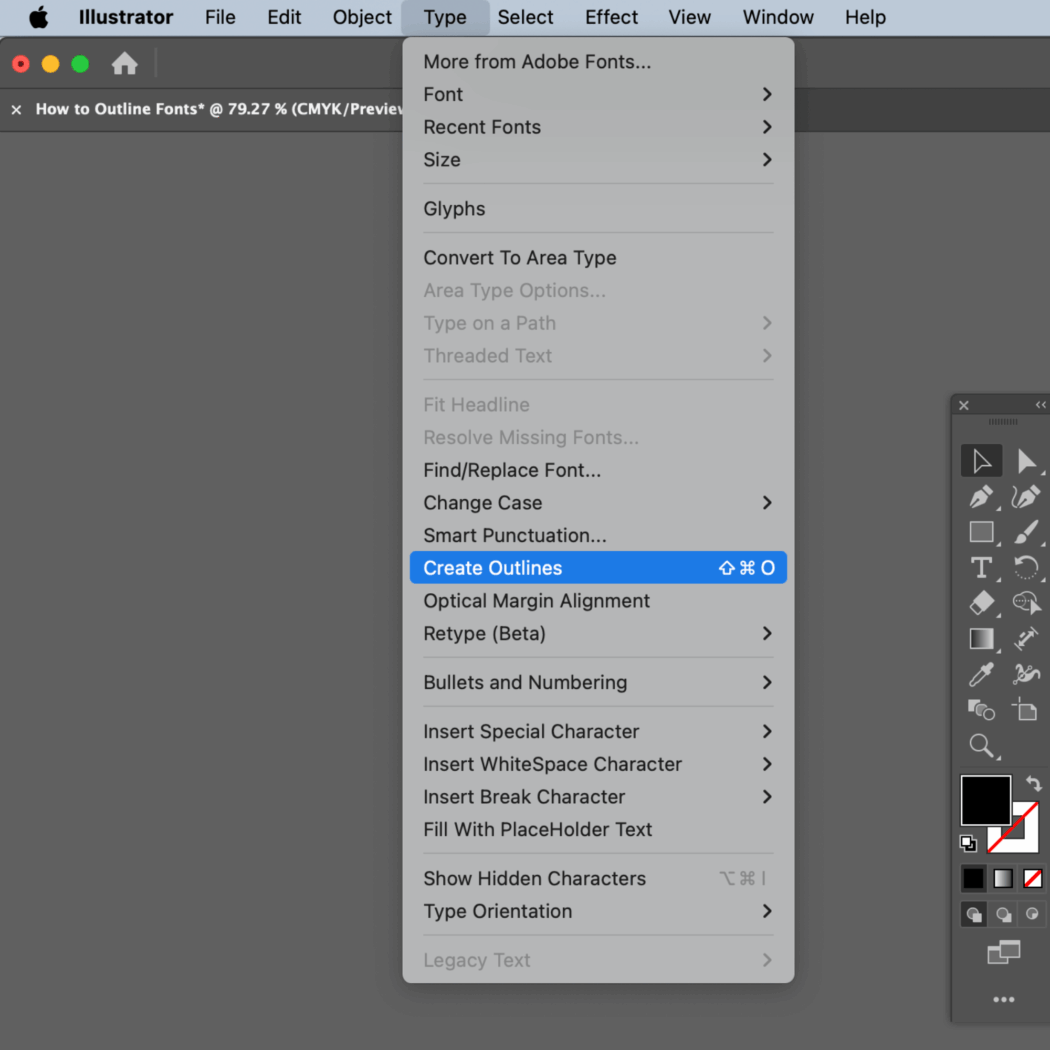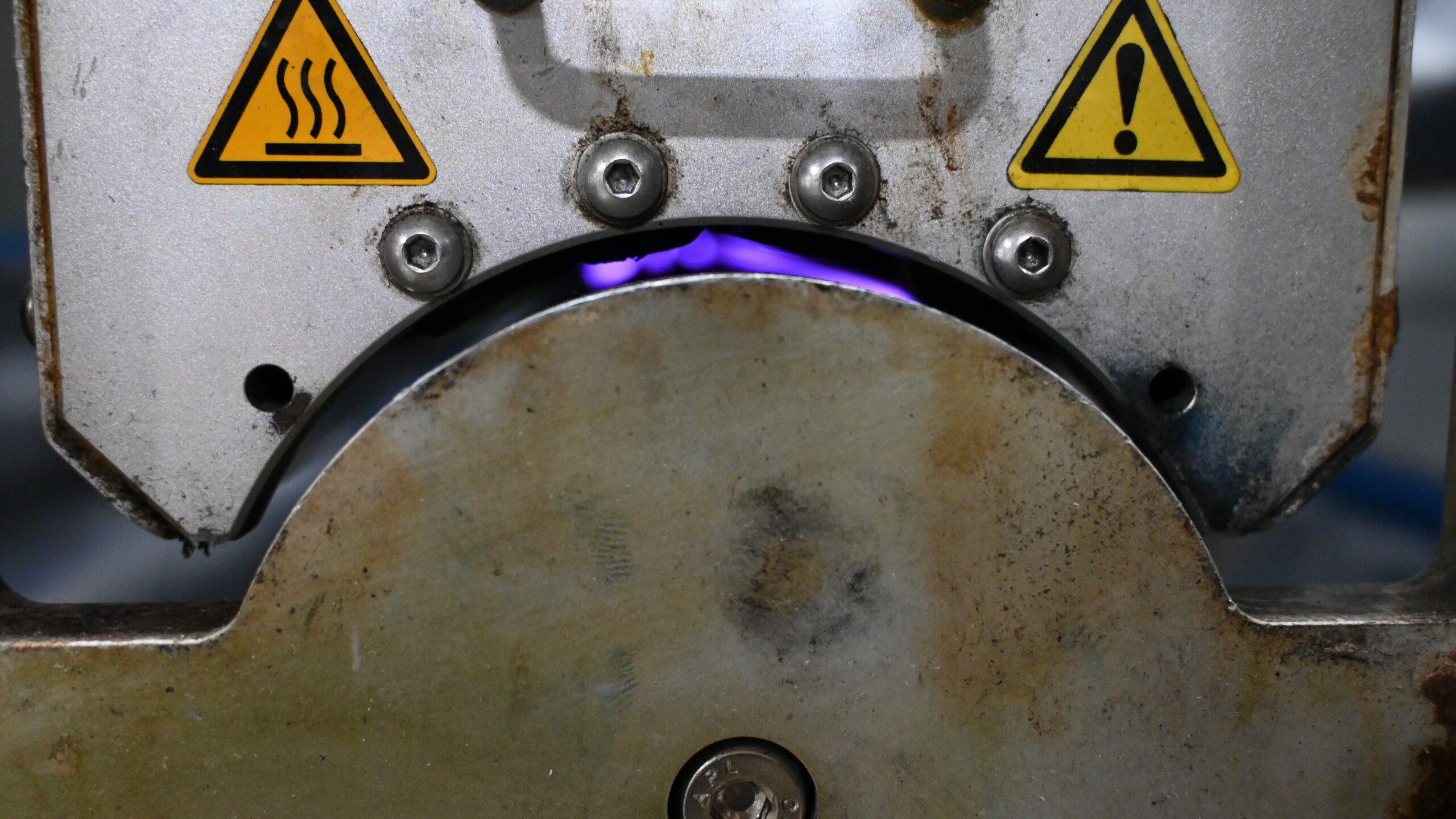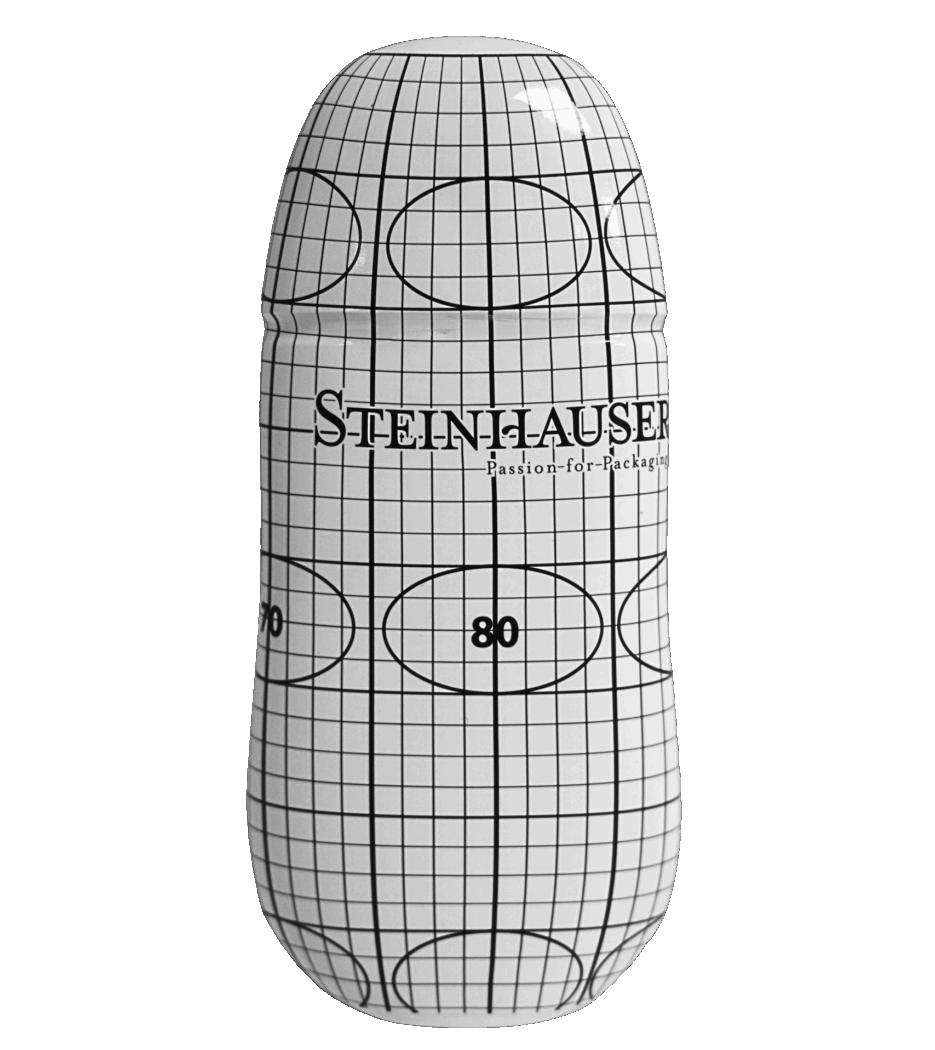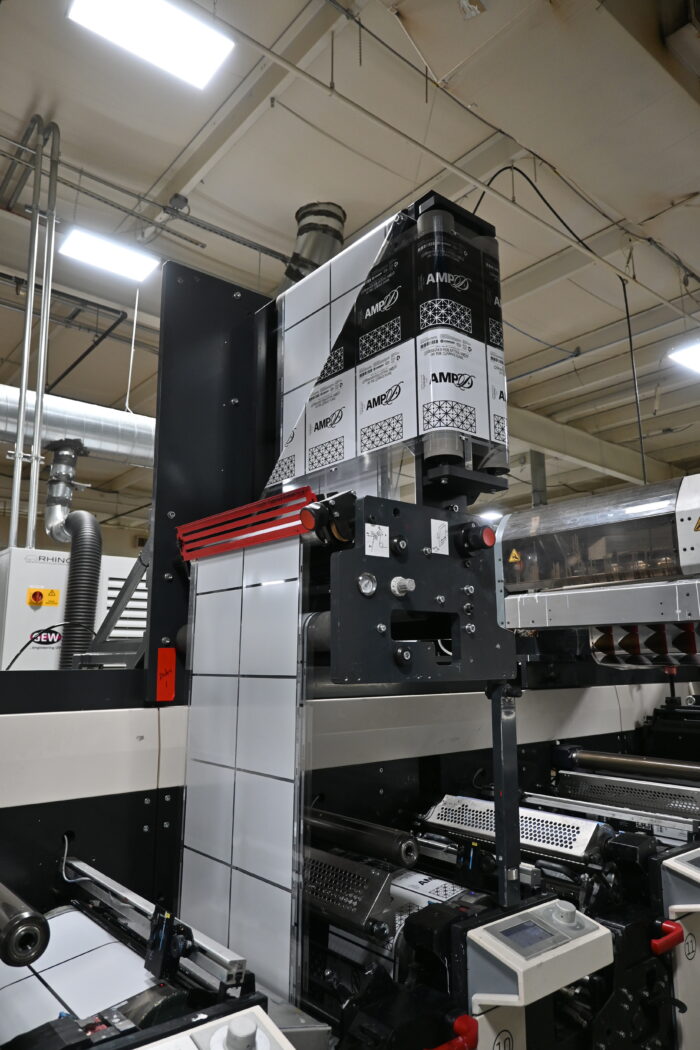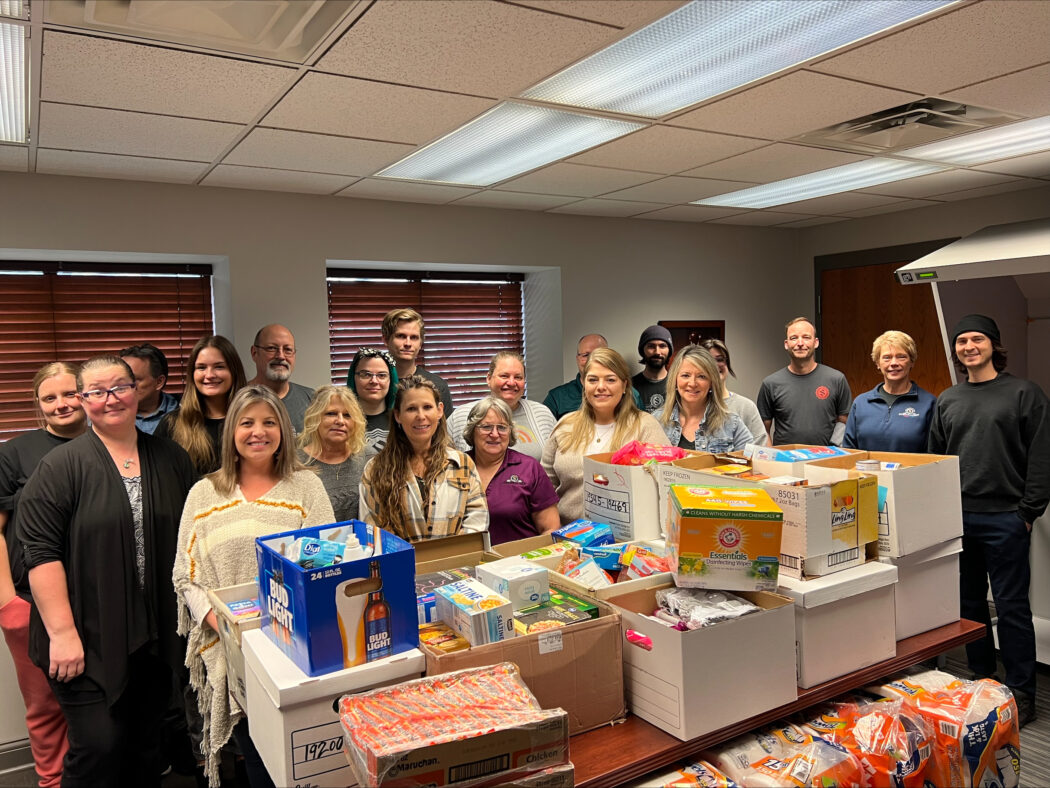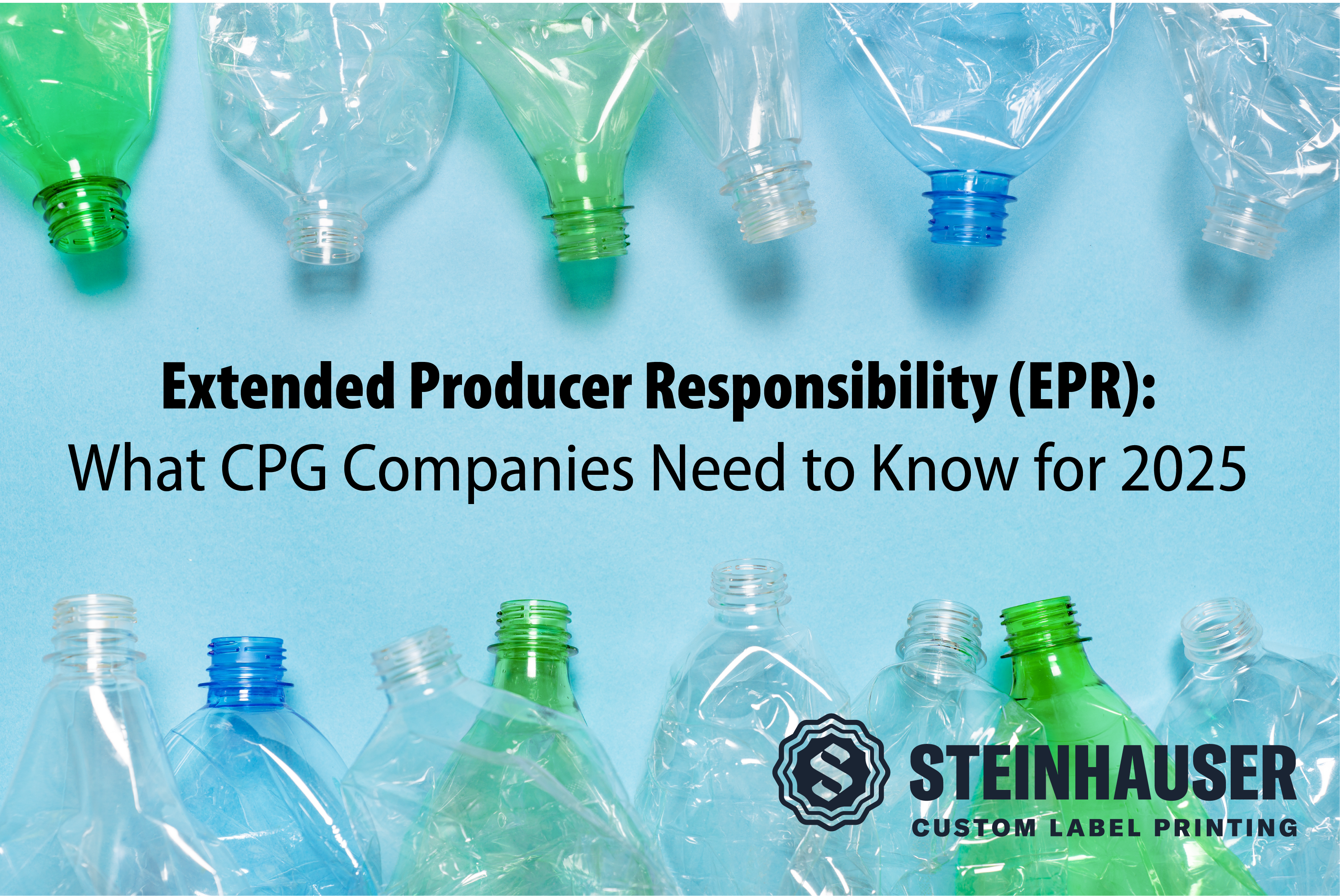We’ve gotten a lot of questions about our new Mark Andy hybrid press, so we’ve compiled the most common in one place. From how it works to what it can do for your business, here’s everything you need to know about our latest investment.
General Overview
How could this benefit my company?
With hybrid technology, you can test new products, run seasonal SKUs, and scale production while keeping upfront costs lower. It creates room to grow without the pressure of large commitments.
What are the advantages?
The Mark Andy combines the best of digital and flexographic printing in one press, allowing for lower volume orders, faster speed to market, and reduced tooling while maintaining the same high quality Steinhauser is known for.
Why change how we print labels?
More options let you choose the right approach for each project. Hybrid printing is ideal for brands that want to move faster, test new designs, or respond quickly to shifting demand.
How does it support faster launches and product refreshes?
The press delivers rich colors, crisp copy, metallics, and textures in a single pass. As a result, the streamlined workflow shortens production time, helping brands accelerate launches and respond more quickly to market trends.
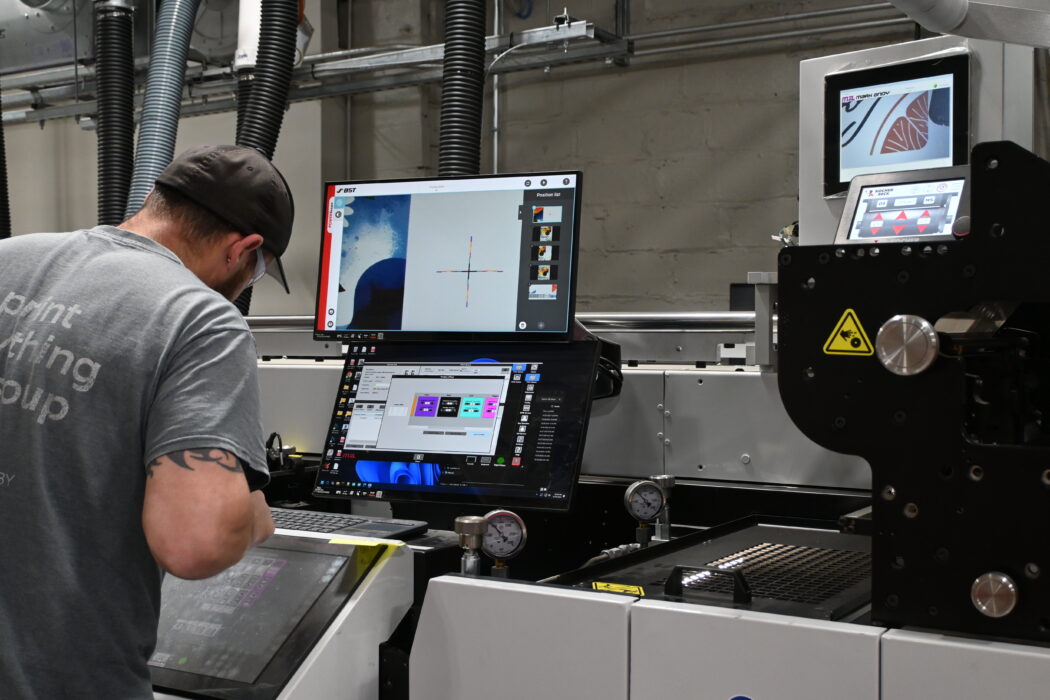
Cost and Efficiency
How will it impact cost?
The biggest savings come from reduced plate costs. Because this is a digital hybrid press, many designs don’t require plates at all. When plates are needed for flexo elements like brand colors or varnishes—you’ll need fewer of them, which keeps costs and setup time down.
Will there be cost savings if I move from flexo or digital to hybrid?
If you’re currently printing on a flexo press, eliminating plates for graphics will reduce tooling costs. You’ll only need plates if you opt for a plated color, such as a brand equity color or varnish. If you’re printing digitally, this press is wider and fits more labels across the web. That efficiency lowers cost on larger or longer runs.
Will this minimize risk if demand or SKUs shift quickly?
Yes. The digital engine handles fluctuating volumes and frequent artwork changes without added tooling costs, making it easier to adapt to shifts in demand.
Fit and Qualification
How will I know if it’s a good fit for my business?
We work with each customer to evaluate label sizes, order volumes, and cost efficiencies. A cost analysis identifies where savings occur and how the press aligns with future plans. Contact us anytime to talk through specifics.
How do we go about qualifying this new asset?
Steinhauser follows IQOQPQ validation:
- IQ: Installation Qualification – confirming proper setup.
- OQ: Operational Qualification – ensuring it meets performance specs.
- PQ: Performance Qualification – proving consistent, repeatable results.
We also collaborate with customers to verify color matches between the Mark Andy and existing presses.
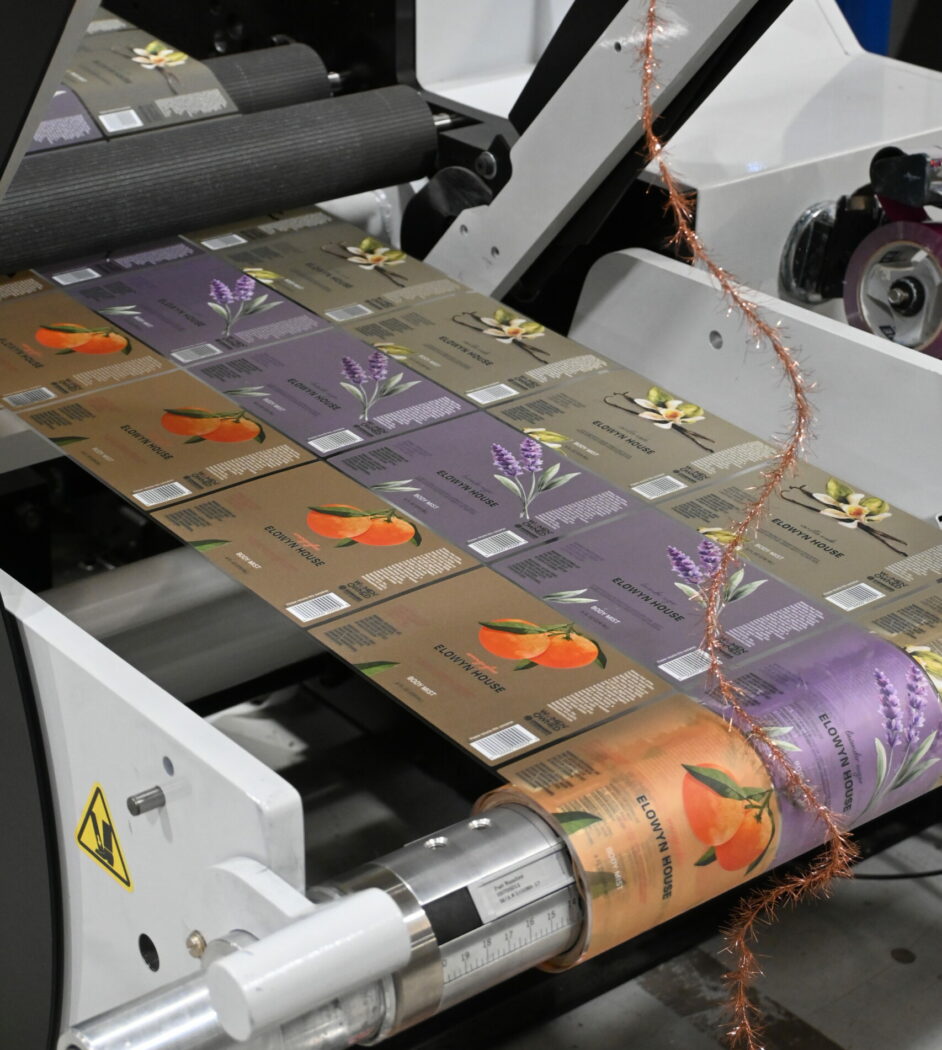
Color, Coating, and Quality
How close will labels printed on the HP or flexo press match?
The Mark Andy’s color-matching system aligns with HP and flexo standards, so differences don’t show on the shelf.
Will the coating provide the same durability and chemical resistance?
We use the same coating materials across our HP, flexo, and Mark Andy presses, so performance remains consistent.
How is color managed?
Color is managed to an industry standard DeltaE of 2.5 or better using ColorCert and Mellow Color systems. Each job is measured and adjusted based on ICC profiles to ensure consistency across runs and materials.
How stable is color management between flexo and digital on the same press?
Inkjet inks are highly consistent, and flexo inks are pre-mixed for uniformity. Both stay consistent across runs.
When would we use a flexo station instead of the digital engine?
When designs require effects the digital engine can’t produce—metallics, foils, varnishes, matte/gloss effects, or brand colors outside the digital color gamut.
Technical Details
What are the differences between flexo and Mark Andy inks, and why does the ink look raised?
Both use UV-cured inks. Flexo inks transfer via a plate under pressure, while the Mark Andy’s inkjet process applies ink directly to the substrate—creating a slightly raised, more vibrant finish.
Any impact on printing 1D or 2D codes?
To ensure scan accuracy, some designs require bar width reduction (BWR). We recommend using black or minimal color builds. Each code is verified during printing.
Will lead times change?
Yes. The flexibility and digital workflow of this press will shorten lead times compared to traditional flexo production.
Will artwork requirements change?
Not significantly. Pantone or spot colors should remain as-is, and whites, foils, and varnishes should stay on their own layers. Our prepress team handles minor formatting adjustments during setup.
What Could Hybrid Printing Unlock for Your Brand?
The Mark Andy hybrid press gives CPG brands the best of both worlds: the precision and flexibility of digital printing with the strength and specialty capabilities of flexo. Whether you’re testing new products or scaling production, hybrid printing offers a smarter way to bring your ideas to market. If you’re planning a new launch or want to explore how this press could support your needs, reach out to us at any time. We’re here.
Found this useful? Join our monthly newsletter for practical tips, updates, and a behind-the-scenes look at Steinhauser. No spam, ever.
